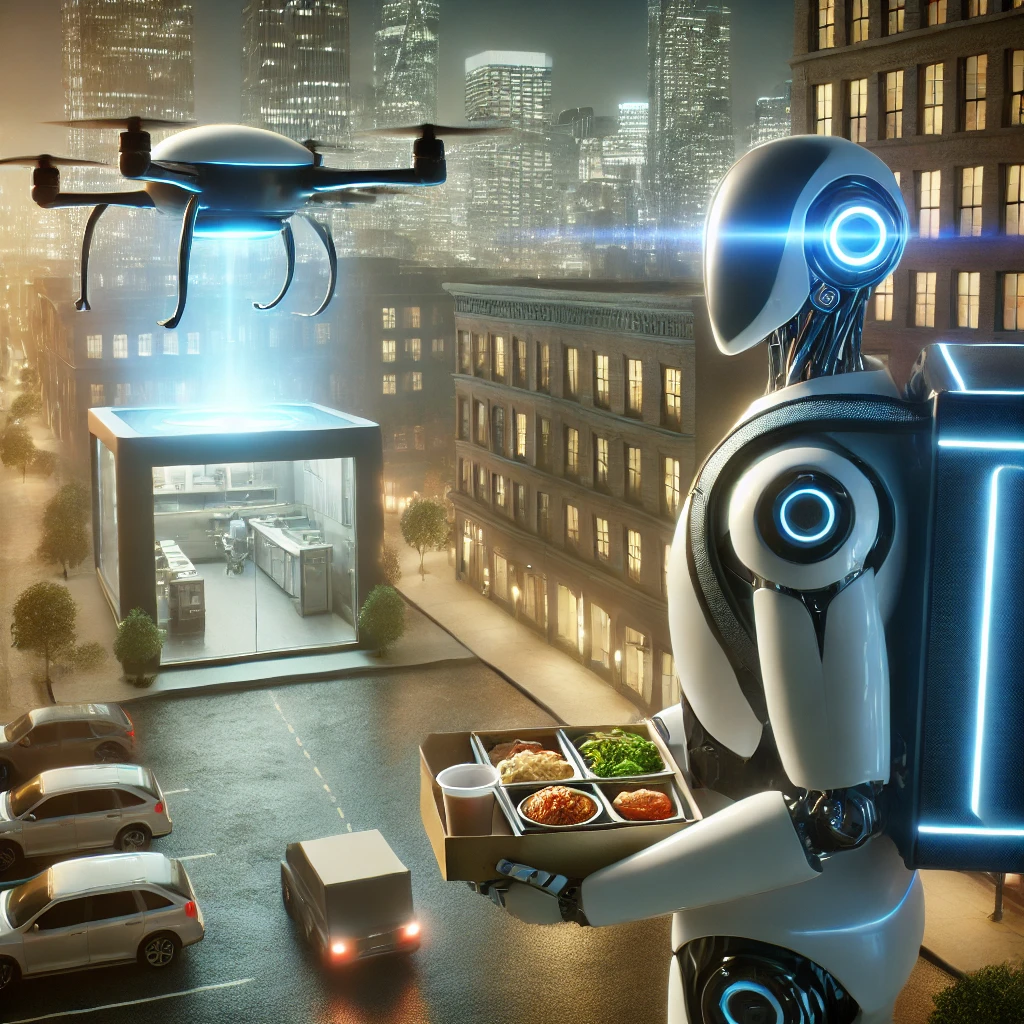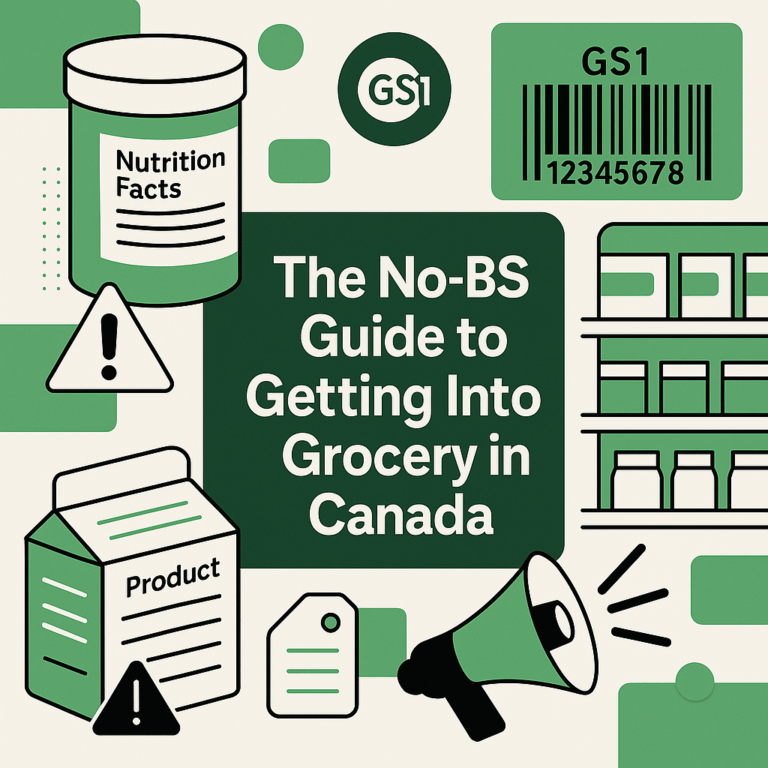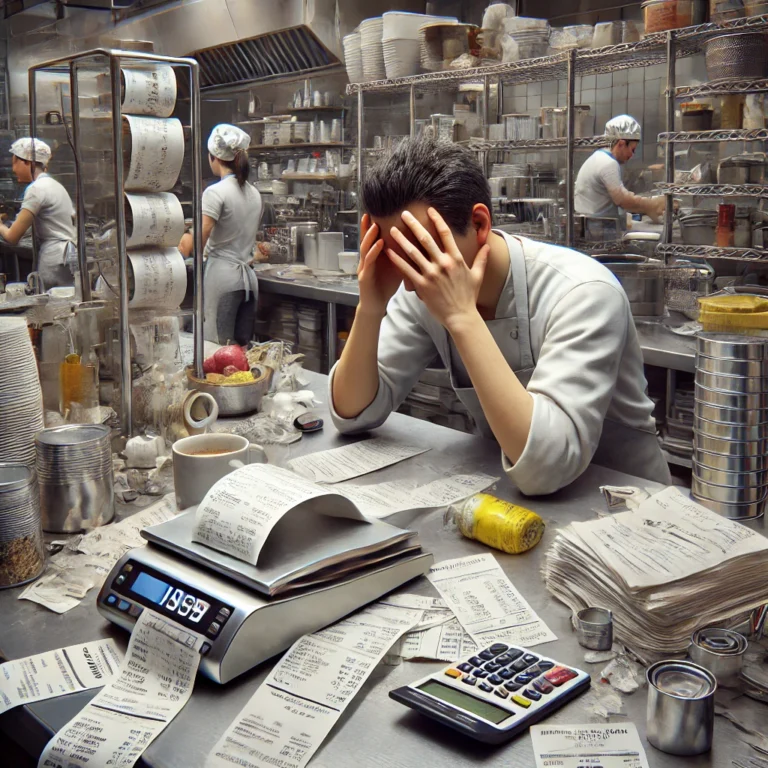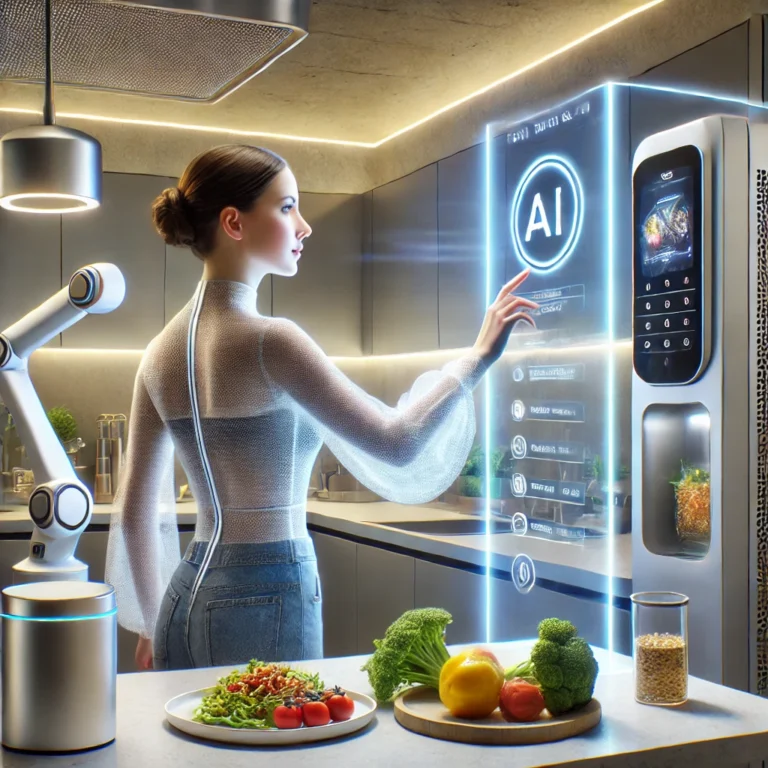The way we get food has changed dramatically in the past decade. From the rise of third-party delivery apps to the explosion of ghost kitchens during the pandemic, food delivery has gone from a luxury to an expectation. But as technology continues to evolve, what comes next?
AI is reshaping food delivery in ways that go beyond just faster orders and lower fees. From predictive ordering to autonomous food couriers, here’s what to watch for the next wave of food delivery innovation.
1. Predictive Ordering: Food Before You Even Order It
Imagine your favorite meal arriving at your door just as you start feeling hungry—without even opening an app. AI-powered predictive ordering is on the horizon, using:
- Consumer behavior data (past orders, meal preferences, time of day)
- Health and wearable data (AI predicting caloric needs based on activity levels)
- Local inventory tracking (knowing what’s available near you before you search)
Who’s working on it?
- Domino’s AI-driven “Order Prediction” system analyzes customer habits to pre-make pizzas before they’re even ordered.
- Uber Eats’ AI models predict demand and help restaurants prep ingredients for high-probability orders.
Soon, food delivery might be as automatic as your morning coffee brewing itself.
2. Drone & Robot Delivery: No More Delivery Drivers?
AI-powered delivery is already moving beyond humans. Companies are experimenting with drones, self-driving vehicles, and sidewalk robots to handle food drop-offs.
💡 Where it’s happening now:
- Starship Technologies has self-driving food delivery robots operating in over 50 cities and college campuses worldwide.
- Zipline (originally used for medical supplies) is now testing drone food deliveries in select markets.
- Domino’s “R2” autonomous delivery bot is piloting self-driving pizza deliveries in the U.S.
This shift eliminates human driver costs, reduces delivery times, and could make food delivery more sustainable.
3. AI-Optimized Delivery Routes: Faster, Cheaper, Smarter
AI is also reinventing the way food gets from the kitchen to your door. Instead of relying on gig workers juggling multiple apps, delivery logistics are being fine-tuned in real-time by AI models that:
- Predict traffic patterns to optimize routes
- Batch multiple orders together to reduce travel time
- Use smart heat-tracking to prevent cold meals on arrival
🌍 Who’s doing it?
- DoorDash’s AI routing system dynamically adjusts driver routes to ensure food arrives hot and fresh.
- Uber Eats’ Machine Learning platform calculates the fastest way to complete multiple deliveries while reducing wait times for both drivers and customers.
As AI gets smarter, expect fewer delays, lower fees, and consistently fresh meals.
4. Hyper-Personalized Meal Delivery
What if your food delivery service knew exactly what you needed before you did? AI-driven platforms are starting to offer personalized food recommendations based on:
- Your past orders (helping you find new favorites)
- Your health goals (suggesting nutrient-rich meals)
- What’s trending locally (keeping you ahead of food trends)
🍽 Examples of AI-driven personalization:
- MealMe is an AI-powered food delivery app that compares all available platforms to get the best price and fastest delivery.
- Zoe tailors food recommendations based on gut microbiome analysis and blood sugar response.
Instead of scrolling through endless menus, you might soon have a virtual AI food concierge suggesting meals you’re guaranteed to love.
5. Fully Autonomous Ghost Kitchens: No Humans Required
Ghost kitchens—delivery-only restaurants with no dine-in space—were just the beginning. The next evolution is fully autonomous kitchens run by AI and robotics, reducing costs and making food production even faster.
🤖 Who’s making it happen?
- Mezli is a fully automated restaurant serving chef-designed, robot-prepared meals with no staff required.
- Hyphen developed an AI-powered autonomous kitchen that can make 350 meals per hour with zero human cooks.
AI and robotics are eliminating the need for human chefs, servers, and even delivery drivers, creating a fully automated food system.
UpMeals is using AI to automate meal planning, production, and vending solutions, making fresh, healthy food more accessible. SmartVending machines powered by AI deliver chef-crafted meals 24/7 in workplaces, universities, and high-traffic areas.
AI and the Future of Food Delivery: What’s Next After Ghost Kitchens?
The way we get food has changed dramatically in the past decade. From the rise of third-party delivery apps to the explosion of ghost kitchens, food delivery has gone from a luxury to an expectation. But as technology continues to evolve, what comes next?
AI is reshaping food delivery in ways that go beyond just faster orders and lower fees. From predictive ordering to autonomous food couriers, here’s what’s coming after ghost kitchens.
1. Predictive Ordering: Food Before You Even Order It
Imagine your favorite meal arriving at your door just as you start feeling hungry—without even opening an app. AI-powered predictive ordering is on the horizon, using:
- Consumer behavior data (past orders, meal preferences, time of day)
- Health and wearable data (AI predicting caloric needs based on activity levels)
- Local inventory tracking (knowing what’s available near you before you search)
🚀 Who’s working on it?
- Domino’s AI-driven “Order Prediction” system analyzes customer habits to pre-make pizzas before they’re even ordered.
- Uber Eats’ AI models predict demand and help restaurants prep ingredients for high-probability orders.
Soon, food delivery might be as automatic as your morning coffee brewing itself.
2. Drone & Robot Delivery: No More Delivery Drivers?
AI-powered delivery is already moving beyond humans. Companies are experimenting with drones, self-driving vehicles, and sidewalk robots to handle food drop-offs.
💡 Where it’s happening now:
- Starship Technologies has self-driving food delivery robots operating in over 50 cities and college campuses worldwide.
- Zipline (originally used for medical supplies) is now testing drone food deliveries in select markets.
- Domino’s “R2” autonomous delivery bot is piloting self-driving pizza deliveries in the U.S.
This shift eliminates human driver costs, reduces delivery times, and could make food delivery more sustainable.
3. AI-Optimized Delivery Routes: Faster, Cheaper, Smarter
AI is also reinventing the way food gets from the kitchen to your door. Instead of relying on gig workers juggling multiple apps, delivery logistics are being fine-tuned in real-time by AI models that:
- Predict traffic patterns to optimize routes
- Batch multiple orders together to reduce travel time
- Use smart heat-tracking to prevent cold meals on arrival
🌍 Who’s doing it?
- DoorDash’s AI routing system dynamically adjusts driver routes to ensure food arrives hot and fresh.
- Uber Eats’ Machine Learning platform calculates the fastest way to complete multiple deliveries while reducing wait times for both drivers and customers.
As AI gets smarter, expect fewer delays, lower fees, and consistently fresh meals.
4. Hyper-Personalized Meal Delivery
What if your food delivery service knew exactly what you needed before you did? AI-driven platforms are starting to offer personalized food recommendations based on:
- Your past orders (helping you find new favorites)
- Your health goals (suggesting nutrient-rich meals)
- What’s trending locally (keeping you ahead of food trends)
🍽 Examples of AI-driven personalization:
- MealMe is an AI-powered food delivery app that compares all available platforms to get the best price and fastest delivery.
- Zoe tailors food recommendations based on gut microbiome analysis and blood sugar response.
Instead of scrolling through endless menus, you might soon have a virtual AI food concierge suggesting meals you’re guaranteed to love.
5. Fully Autonomous Ghost Kitchens: No Humans Required
Ghost kitchens—delivery-only restaurants with no dine-in space—were just the beginning. The next evolution is fully autonomous kitchens run by AI and robotics, reducing costs and making food production even faster.
🤖 Who’s making it happen?
- Mezli is a fully automated restaurant serving chef-designed, robot-prepared meals with no staff required.
- Hyphen developed an AI-powered autonomous kitchen that can make 350 meals per hour with zero human cooks.
AI and robotics are eliminating the need for human chefs, servers, and even delivery drivers, creating a fully automated food system.
UpMeals is using AI to automate meal planning, production, and vending solutions, making fresh, healthy food more accessible. SmartVending machines powered by AI deliver chef-crafted meals 24/7 in workplaces, universities, and high-traffic areas.
UpMeals OS also uses AI to automate meal compliance, food costing, and inventory management—helping food businesses streamline operations and reduce waste.
Final Thoughts
Food delivery is about to get a lot smarter. Whether it’s predictive ordering, autonomous kitchens, or robot couriers, the next generation of food tech is making meals more accessible, faster, and hyper-personalized.
As AI continues to shape the future of food, we may reach a point where meals are prepared, ordered, and delivered—without any human intervention at all.
What trend are you most excited about? Let us know in the comments!





